Industry information
Company News
- Aluminum veneer customization: an artistic journey to create personalized spaces
- Ceiling aluminum veneer: the beauty of light luxury, the new darling of aluminum materials
- Ceiling aluminum veneer, a new favorite in home decor, perfectly combines aesthetics and practicality!
- Aluminum veneer: the "green coat" of modern architecture
- Fluorocarbon aluminum veneer: the fashionable choice for modern architecture?
Industry dynamics
- Innovative design and high quality of stone patterned 2.0mm aluminum veneer
- The advantages and applications of aluminum veneer in the field of building curtain walls
- Aluminum veneer customization, creating a new proposition for personalized space
- Fluorocarbon aluminum veneer: the fashionable "coat" of modern architecture
- Fluorocarbon aluminum veneer: a fashionable element in modern architecture
Frequently asked questions
- How to choose the most suitable aluminum veneer material?
- How to improve the wind resistance performance of aluminum veneer?
- What is aluminum veneer?
- How to improve the sound insulation performance of aluminum veneer?
- How to store and transport aluminum veneer correctly?
contact us
Mobile:+86 15627778610
Email: 2201229786
Address: No. 5 Binjiang Road, High tech Zone, Zhaoqing City, Guangdong Province
Aluminum veneer and energy conservation and emission reduction
- Author: Lesilong Technology (Guangdong) Co., Ltd
- Release time: 2022-03-17 14:03:33
- Click:0
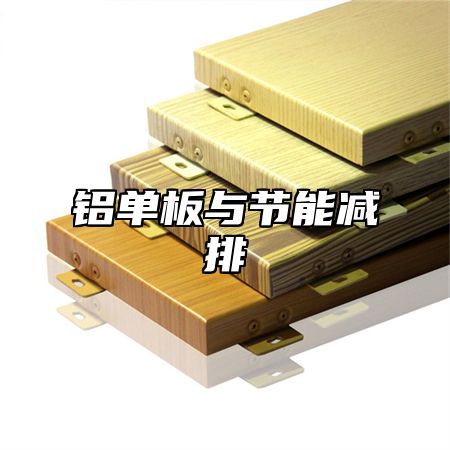
With the continuous increase of global climate change and energy consumption, energy conservation and emission reduction have become important issues in today's society. (取决于上下文,如"but"Aluminum veneerAs a new type of building material, it has the characteristics of lightweight, durability, and beauty, and is very suitable for application in building energy conservation and emission reduction. Let's learn about the relationship between aluminum veneer and energy conservation and emission reduction together.
Aluminum veneer can improve the thermal insulation performance of buildings, thereby reducing energy consumption. Aluminum veneer has good thermal insulation performance, which can effectively prevent the transmission of indoor and outdoor temperatures, thereby reducing the energy consumption of air conditioning and heating systems. Aluminum veneer can also adopt a double-layer or three-layer structure to further improve its insulation performance, thereby reducing energy consumption and environmental pollution.
Aluminum veneer can improve the energy-saving performance of buildings. Aluminum veneer has a low heat transfer coefficient and thermal resistance value, which can effectively reduce energy exchange inside and outside buildings, thereby reducing energy consumption. Aluminum veneer can also use technologies such as solar panels to convert solar energy into electrical energy, further reducing energy consumption and environmental pollution.
In addition, aluminum veneer can also improve the waterproof performance of buildings, thereby protecting the structure and decoration materials of buildings. Aluminum veneer has good waterproof performance, which can effectively prevent rainwater from infiltrating into the interior of buildings, thereby protecting the structure and decoration materials of buildings. Aluminum veneer can also be treated with special surface treatment methods to further improve its waterproof performance, thereby extending the service life and maintenance cost of buildings.
The production process of aluminum veneer also meets the requirements of energy conservation and emission reduction. The production of aluminum veneer needs to comply with relevant environmental requirements, adopt advanced production processes and equipment, reduce pollutant emissions and resource waste. For example, circular utilization can be used to treat and recycle wastewater, exhaust gas, etc. Energy conservation and emission reduction technologies can also be adopted to reduce energy consumption and carbon emissions.
Aluminum veneer is closely related to energy conservation and emission reduction. Only by fully understanding these factors can we fully leverage the advantages of aluminum veneer and contribute to building energy conservation and emission reduction. We still need to constantly explore and innovate, develop more environmentally friendly, energy-saving, and sustainable building materials and technologies, and promote the sustainable development of the construction industry.

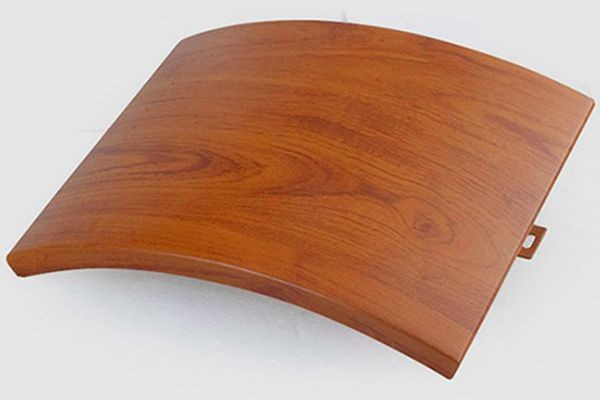
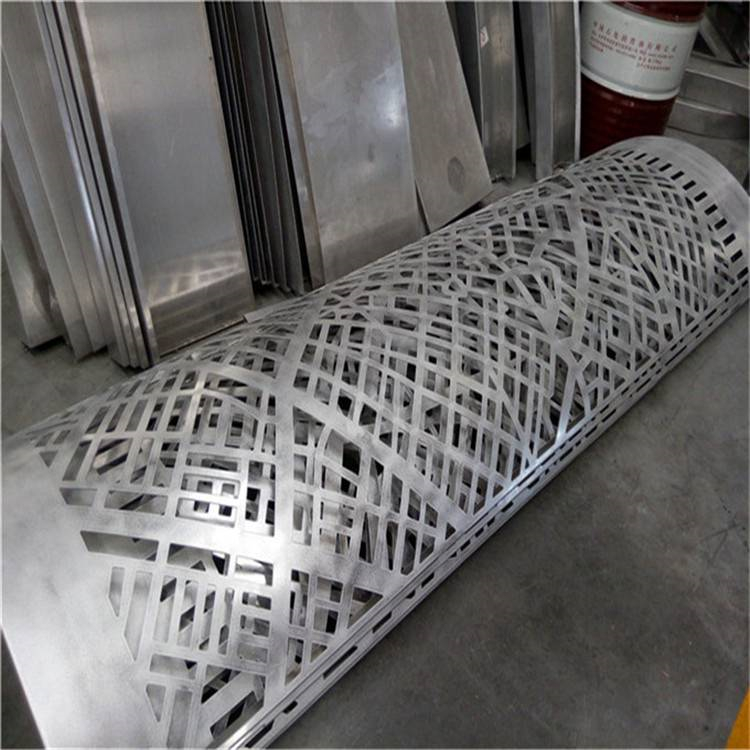

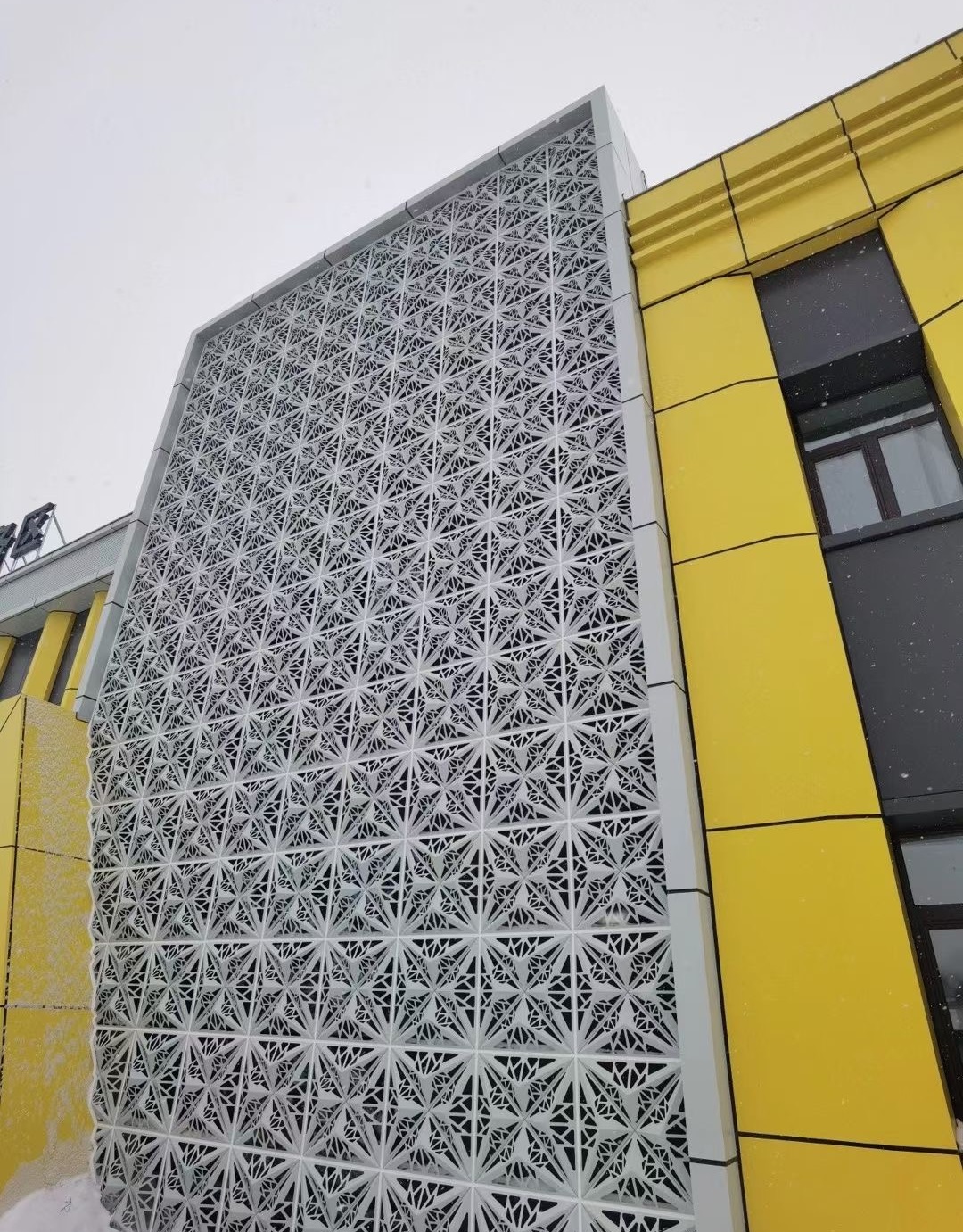
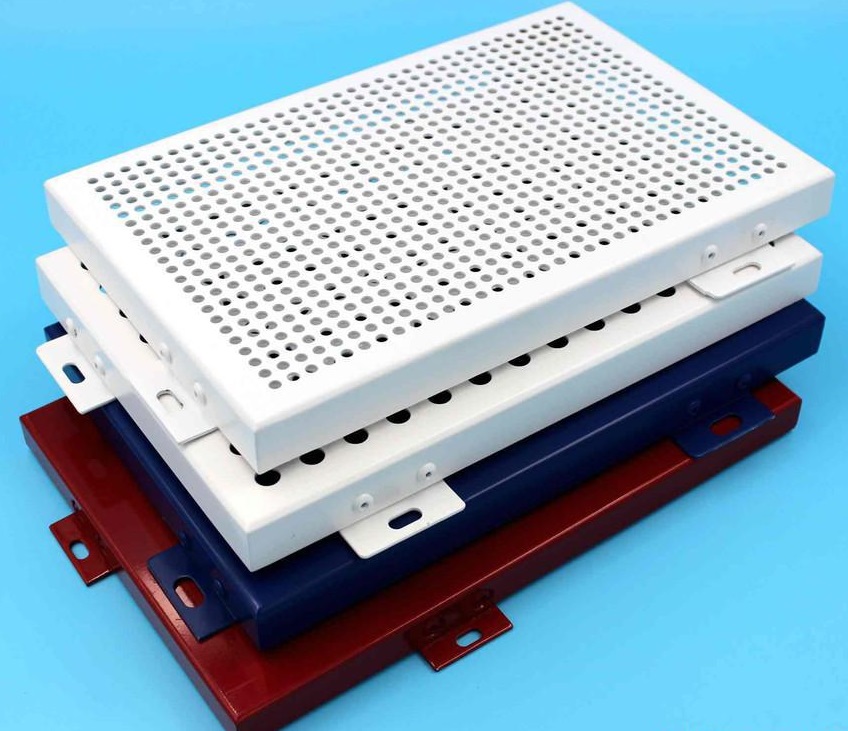
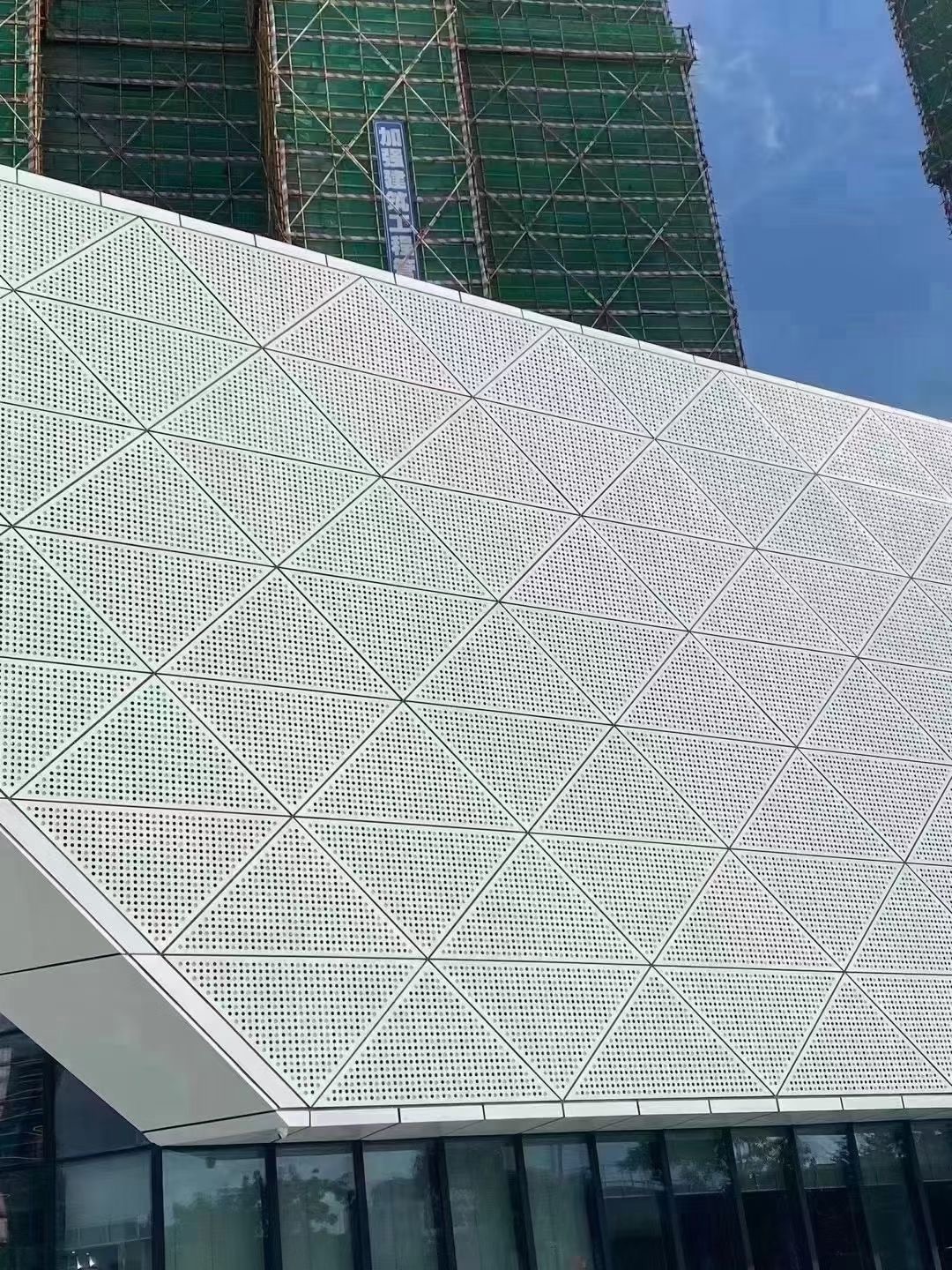
 Customer service QQ
Customer service QQ